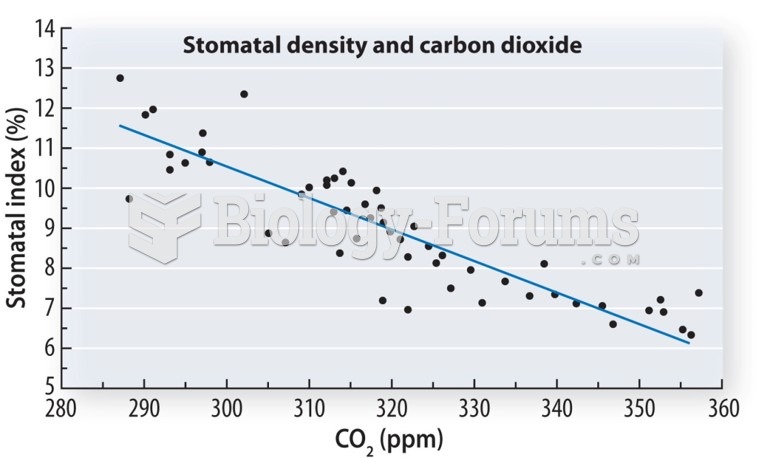Answer to Question 1
Demand Density:
To determine the extent of demand density, retailers need to identify what they believe to be the major variables influencing their potential demand. One such method of identifying these variables is to examine the types of customers who already shop in the retailer's present stores. The variables identified should be standard demographic variables such as age, income, and education since this data will be readily available.
Supply Density:
While the demand-density map allows you to identify the area within a community that represents the highest potential demand, the location of existing retail establishments should also be mapped. Information about the lack of available space as well as the number of retailers already serving the market is most important because it allows the retailer to examine the density of supplythat is, the extent to which retailers are concentrated in different areas of the market under question.
Site Availability:
Just because demand outstrips supply in certain geographic locations does not immediately imply that stores should be located in those locations. Sites must be available. A map should be constructed of available sites in each community being analyzed. Many service retailers are not only returning to shopping centers but also moving into some vacant but very unconventional locations. Some retailers have developed a checklist of all the items they want to consider during the site analysis stage.
Answer to Question 2
The three types of learning are:
(1) Single Learning.
(2) Double-loop learning
(3) Triple-loop learning
Single-loop learning is used when the actual return on assets is less than the projected return on assets. This triggers action by the retailer around the two primary determinants of return on assets: net profit margin and asset turnover. One or both of these would need to be increased to get the returns back to projected goal.. Single-loop learning is also often thought of as asking the question Are we doing things right? to achieve our goals.
Double-loop learning looks at whether the retailer is doing the right things versus merely
doing things right. It is a deeper form of learning. In this situation, the retailer may
actually be achieving its goals, but the goals may, in fact, reflect not the right things on
which it should be focused.
Triple loop brings forth a deeper and more philosophical question and that is What is our right business model? Triple-loop learning can often lead to reframing of the retailers business model.







